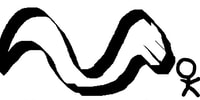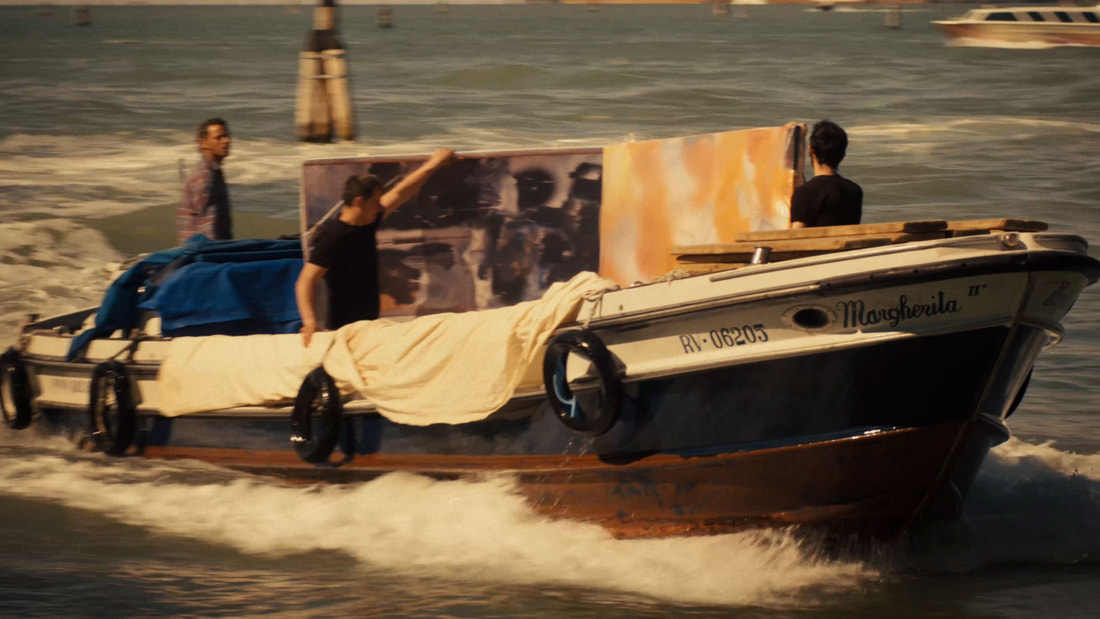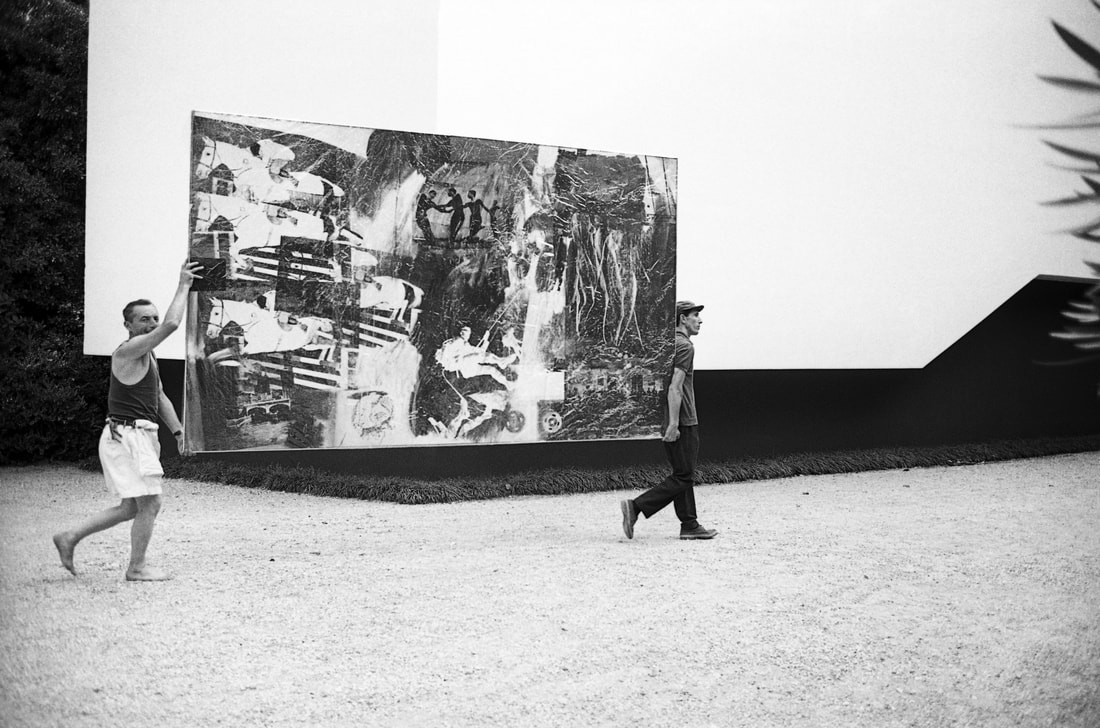|
Review by Jonathan Berk Creating a documentary that feels like you're watching a spy thriller is no easy feat. With Taking Venice, director Amei Wallach manages to tell this true story in a way that makes it feel less like a documentary through innovative visuals and a propulsive score. Historical docs often find their audience simply because the subject matter is engrossing, but this film shows you can sometimes have your cake and eat it too. Taking Venice tells the story of the first time an American artist entered the Venice Biennale at the height of the Cold War. Determined to fight Communism with culture, Alice Denny, a Washington insider, Alan Solomon, an art curator, and Leo Castelli, a powerful art dealer, look to make artist Rauschenberg the winner of the Grand Prize. Wallach moves back and forth, developing the scheme while simultaneously informing the audience of the art movement of the time as well as Rauschenberg’s contemporaries. It doesn't take long for Wallach to demonstrate that this isn't the average archival footage and still picture documentary. While those are present, the film blends them together with modern footage in ways that showcase the art. A still photo in a sepia tone will merge with full-color moving video to create a unique visual style. There are moments when newspapers in France or Italy are displayed, and then the language morphs into English to reveal the content for the likely American audience. These visual embellishments add a distinct style that makes it stand out from other historical documentaries. The score by Chee Wei Tay is the next element that makes this film pop. It's so energetic and feels like one you'd hear in a spy or crime thriller. It makes each element of the story feel a little more dangerous than it really is. While a “conspiracy” or “scheme” is happening, it doesn't seem like the stakes were all that high. Yet, the film sets out to make it feel like they were, and the score does much of the heavy lifting with regard to this. The final piece that really makes everything click into place is the presentation of the importance of art. Present is a combination of elements that discuss the impact of the various fights for equality in the '50s and '60s, and how the art of the time reflected that. The cultural impact of the various artists of the time essentially becomes weaponized to combat Communism, but the artists themselves have their own agenda. The power of art is no mystery to cinephiles, but the movie and the subject matter do a great job selling it.
The film fills its audience with a feeling of discovery and anticipation. Unless you’re already intimately familiar with the subject matter, you will likely learn something new at multiple points. The framing of a conspiracy being uncovered only helps to hook the audience and bring them along on the journey. Taking Venice is a very well-made documentary that tells a story about which any art lover should know. There were so many elements that I knew nothing about prior to watching, and I was captivated the entire time. The art that is displayed in both the archival footage and the modern day exhibits holds historical significance. Again, this could have easily just been a PBS documentary with talking heads and photographs Ken Burns-ing their way across the screen. Instead, it's something much, much more. Taking Venice will be in theaters on May 17. Rating: 4.5/5
0 Comments
Leave a Reply. |
Archives
July 2024
Authors
All
|
|
|
disappointment media
Dedicated to unique and diverse perspectives on cinema! |


